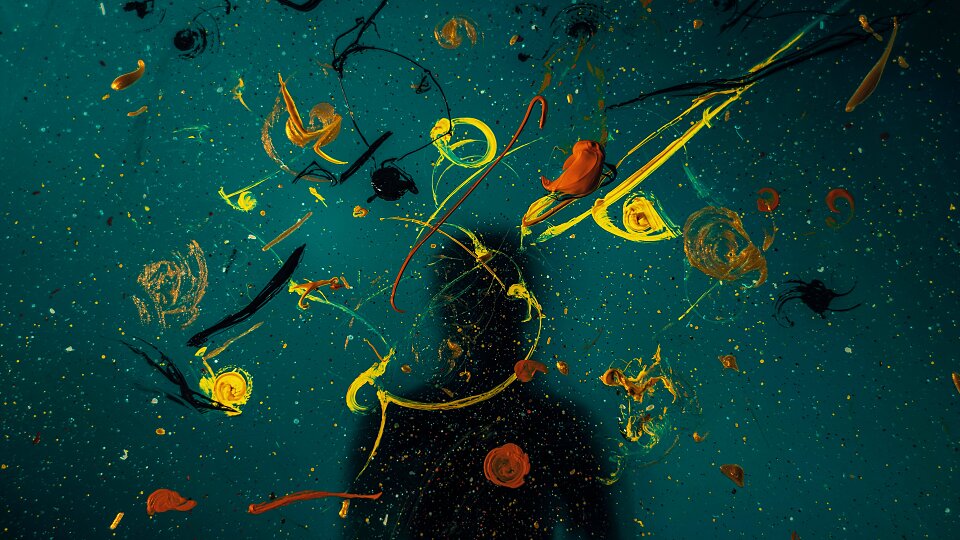More Creativity: Finding Deeper “C”s
If you are here, you are probably interested in being more creative. One way to do this is to picture it. What does creativity look like to you? How would you describe it?
When I do this visualization with church groups, I often use other concept words instead and ask things like, “what does peace look like?” They draw or describe intriguing things like being at the beach, a mother reading a child a bedtime story, parents sacked out on the couch after the baby’s asleep, or even something symbolic like a shield covering a stick person. The pictures they share have so much impact, and I learn something new each time.
So, what does creativity look like to you?
Experts have pictured creativity as several kinds of “c”s like Big C, pro-c, and little c. They envision one type of creativity that transforms culture, another smaller sort of creativity that changes your work, and the smallest, everyday creativity that might only be meaningful or change the individual. These kinds of creativities are compartmentalized. Even if you grow in creativity in one area, it doesn’t crossover. It stays in its box.
What if we listened to creativity instead? Imagine if creativity had a high c, a middle c, and a low c like a musical scale? While we may not be able to hit the high note with our voice, we could learn to play the instruments that do. While some see creativity in the workplace as mediocre or competitive creativity, in music, it’s different. Middle c is the base that helps us find our range and stay in tune with one another. No one would look down on the lowest c if creativity were like music because that note provides harmony and depth. We need all the notes, even the ones that aren’t c's.
I am not musical. Music challenges me to try out a creativity that doesn’t come easily. So, I do work on it together with others. Another thing I try in my workshops is to ask participants to put lyrics to a tune in the public domain. They never think they can do it. We work through this in several ways, and sometimes fantastic things happen.
I did this musical activity in a homeless shelter a few years ago as part of our Lenten Bible study. Most of them were there because they were allowed in the shelter half an hour early to take my class, and they could get the best seats at the table before anyone else if they did. I knew that even if no one admitted it.
We sat around a table while others were sitting out in the waiting area, and volunteers were getting the lunch ready. I asked my small group to write a song that went with our Bible lesson. It seemed I was asking the impossible with others watching and the distractions around us. One young man said he wouldn’t, he couldn’t.
I didn’t push. There are many good reasons for not wanting to be creative or even trying to be, and creative people have to respect and understand this most of all.
But. But he didn’t leave. He listened as I worked through helping and encouraging the woman I sat beside who wanted to make a country song. He even jotted something down. The other four worked on their scrap paper without needing help. Then, when it came time to share if anyone wanted to, quiet voices read their words aloud. It was hard to hear because up front they were starting to let the crowd enter right then, and there was a rush to get in line.
Suddenly, the young man wanted to share. And he sang what he had written. His voice rose above the dishes clattering and the murmur of people shuffling in. Yet, for a moment, we all listened. We knew something special had happened. He had done what he didn’t think he could.
That young man wasn’t at the Lenten study the following week. I found out he finally got the daytime job he had wanted for a while. While the two events might only be coincidental, all I knew was that he had found his voice.
At about the same time, I was also working with a vice-chancellor at a large university to offer them a creativity course. He was so excited. “Imagine,” he said, “if we could harness the students’ creativity, imagine how we could use it.”
I had to say it, knowing I would lose the job. “No,” I said. “Imagine if we could unleash it. For them.”
You are looking for more creativity. You have probably already found people who inspire you, who you have adopted as your mentors and imitated. People whose ideas you are trying on, using their methods and practices for creativity.
If so, I invite you to look where you haven’t yet. Don’t just reframe your picture of creativity. Listen for it too. Give a chance to those who don’t think they are creative and those who believe they are not creative enough. Team up with those who may not give you that creativity you want but may offer you the unexpected. Seek creativity not just in or out or around the box. See creativity as a gift box.
That illiterate person no one suspects because of fitting in so well is creative. That woman who found the piano along the road and plays it at home is creative, yet no one else at her churches knows because they only see her as the janitor. That ESL teacher who told me emphatically that she is not creative? She shared her picture of creativity as being a ladder; she is creative if she wants to be.
I would like to know how you see and hear creativity. Even more, I would love for you to ask others.

